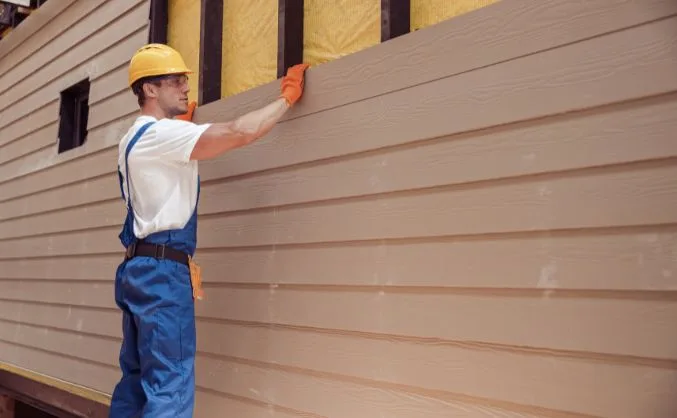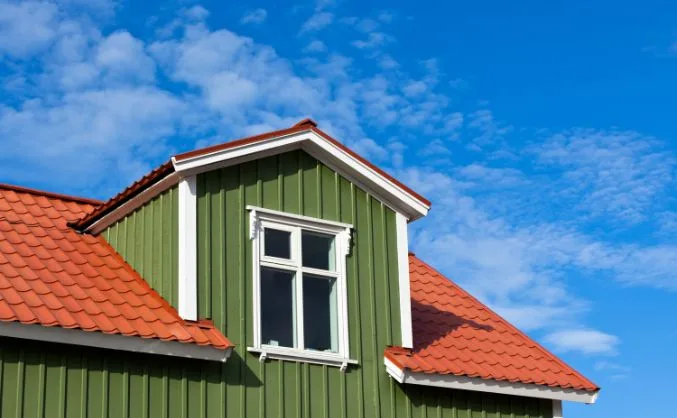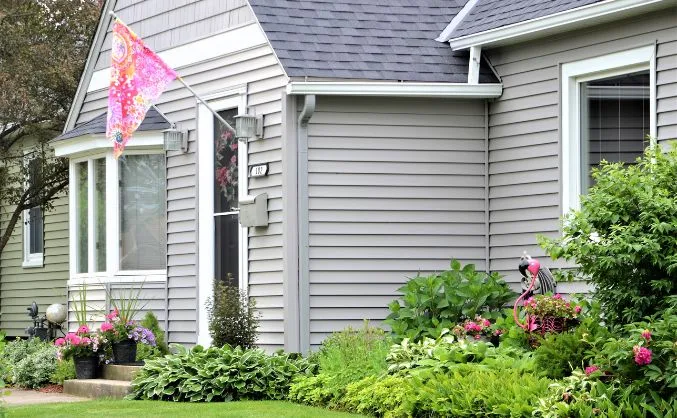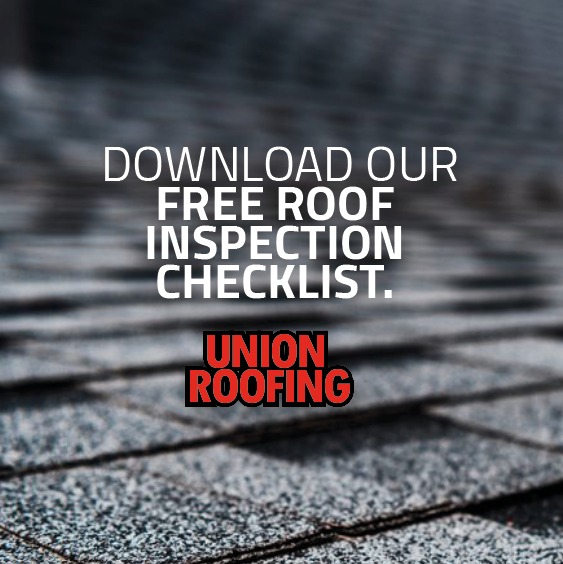Thinking about giving your home a facelift? Worn-out siding can significantly drag down your curb appeal. But how do you know when to replace siding and invest in a fresh, modern look that protects your home?
This guide explores the telltale signs that your siding needs an upgrade. We will also help you make an informed decision about your home’s exterior.
Why Replace Old Siding?
Several factors can prompt you to consider replacing your siding. Here are some key indicators:
- Peeling or Blistering: If your siding’s paint is peeling or blistering, the underlying material is probably breaking down. Moreover, moisture trapped between the siding and the wall can lead to further problems.
- Increased Difficulty Maintaining: Does your siding require more frequent cleaning or maintenance? Over time, siding materials can become more porous and susceptible to dirt, grime, and mold growth. If you struggle to keep your siding clean, it might be time for an upgrade.
- Loss of Insulation: Older siding materials may lose their insulating properties over time. This loss can manifest in drafts around windows and doors, or rooms that are difficult to heat or cool. Replacing your siding with a well-insulated option can improve your home’s comfort and energy efficiency.
- Insect Infiltration: If you notice tiny holes, chewed edges, or even live bugs around your siding, you may have a pest problem. Certain types of siding are more vulnerable to insect infestation than others. Consider installing new siding with a pest-resistant material to keep unwanted critters out.
- Mismatched or Discontinued Materials: Your home may have a unique siding material that’s no longer available. As a result, finding replacements for repairs can be difficult and expensive. In such cases, considering a full siding replacement can be a more practical solution in the long run.
When Should You Replace Your Siding?

Up to this point, we’ve covered several reasons to replace your siding, but how do you know it’s time to take action? Start by asking yourself some key questions:
- Is your siding approaching its expected lifespan? Research the typical lifespan of your specific siding material. If yours is nearing the end of its useful life, consider replacement before major issues arise.
- Does your siding show signs of damage? Look for cracks, warping, missing panels, or any signs of water damage. These problems indicate that your siding is no longer functioning optimally.
- Are your energy bills on the rise? Older siding might not be energy-efficient. Upgrading your siding to a well-insulated material can help reduce your energy usage and lower utility bills.
- Are you tired of the look of your siding? Does your siding look outdated or detract from your home’s overall aesthetic? New siding can give your home a fresh, modern look and boost curb appeal.
Pro Tip: Schedule a home inspection before finalizing your home improvement project. A professional inspector can identify underlying structural damage, such as water seepage or rotting wood beneath your existing siding. You will need to address these problems before installing new siding.
Spruce Up Your Exterior: Choosing the Right Siding Material

After deciding to replace your siding, the next step is choosing the perfect material. Naturally, you want to enhance the exterior of your home and boost your home’s curb appeal. Here’s a quick guide to some of the most popular siding materials:
- Vinyl Siding: Homeowners love this material because it is affordable, durable, and low maintenance. Moreover, installing vinyl siding is relatively quick and easy. Finally, it comes in several colors and styles, allowing you to achieve a classic or modern look.
- Fiber Cement Siding: This upscale-looking option mimics the beauty of natural wood without the associated drawbacks. Fiber cement siding is resistant to fire, rot, and insect damage, making it a long-lasting and versatile option.
- Engineered Wood Siding: This material provides a genuine wood aesthetic with increased weather resistance compared to traditional wood siding. Engineered wood comes pre-primed and painted, reducing maintenance needs.
- Aluminum Siding: A highly durable and low-maintenance option, metal siding is particularly resistant to fire, wind, and hail. Metal siding comes in several styles and colors, from classic aluminum to modern corrugated designs.
- Natural Wood Siding: Nothing beats the timeless elegance of natural wood siding. It offers excellent insulation properties and creates a classic aesthetic that complements diverse architectures. However, wood siding requires more frequent maintenance such as painting and staining.
- Stone Veneer Siding: For a luxurious and unique look, stone veneer siding can add a touch of grandeur to your home. Stone veneer is available in various natural stone styles and can be surprisingly affordable compared to solid stone siding.
Pro Tip: Consider your budget, desired aesthetics, maintenance requirements, and climate. Looking for more information and inspiration? Check out this article from Angi’s List for more information about siding materials and styles. Then, read this insightful article for beautiful design ideas with exterior siding.
FAQs about Siding
What does it cost to replace siding?
The cost of replacing siding can vary depending on several factors. Consider the size of your home and the type of siding material you choose. Research the average cost of labor in your area, too. Generally, expect to spend anywhere from $3,000 to $17,000 for a siding replacement project.
Can I replace my siding myself?
Replacing your home’s siding is a complex job that requires specific skills and knowledge. While it’s technically possible to DIY, experts recommend you hire a professional siding contractor. These professionals with experience and expertise ensure they do the job correctly to prevent future problems.
What type of siding is right for my home?
Siding companies offer various types and styles of siding, each with pros and cons. Some popular options include vinyl, fiber cement, wood, and metal. The best choice for your home will depend on your budget, style preferences, and climate.
How long will a new siding installation last?
The lifespan of your new siding will depend on the material you choose. However, most high-quality siding materials can last for decades with proper maintenance.
How can I maintain my siding?
Regular cleaning and inspections are essential for maintaining your siding and maximizing its lifespan. You should clean your siding at least once a year with a mild detergent and water solution. Inspect your siding regularly for any signs of damage.
Breathe New Life into Your Home’s Exterior: Get a Free Siding Quote from Union Roofing
If you’re ready to replace your siding, don’t hesitate to contact the experts at Union Roofing. We offer a variety of high-quality siding materials to suit your style and budget. Our skilled siding crews will professionally install siding to enhance and protect your home for years to come.
Union Roofing proudly serves customers throughout Pennsylvania and New Jersey. Contact us today for a free consultation and quote. We look forward to helping you transform your home’s exterior!

